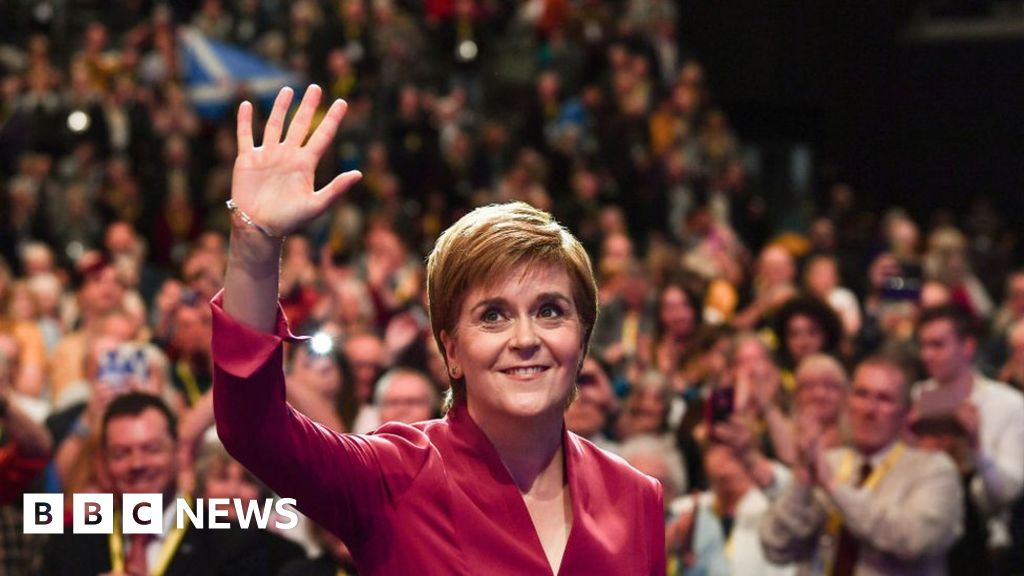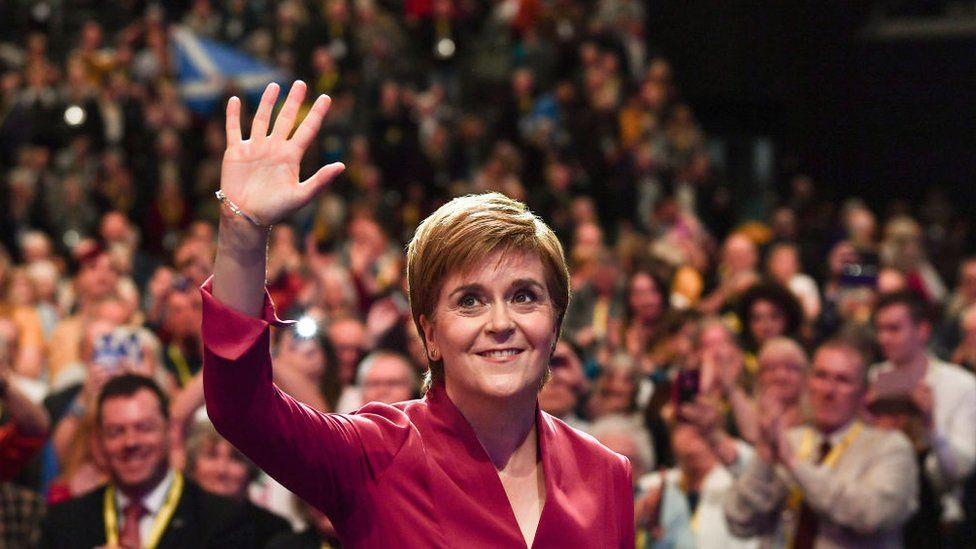
Nicola Sturgeon will make her 15th party conference speech as SNP leader and first minister of Scotland on Monday.
Given there have been five national election campaigns during her seven years at the helm, these speeches are often dotted with major policy announcements and pledges.
So with the SNP’s four-day autumn conference opening on Friday, how has the delivery of these promises been going?

Perhaps unsurprisingly, many of the pledges which come up most often in the first minister’s conference speeches are those which have proved a success.
This year’s conference marks the delivery point of a policy set out in Ms Sturgeon’s very first speech as SNP leader in 2014, when she set a goal of doubling the childcare allowance.
This has been a near-constant feature of speeches (and indeed SNP manifestos) through the years, and it is sure to be mentioned again on Monday as she celebrates ticking off one of her flagship projects.
While it ended up coming a year late – with the blame laid at the door of Covid-19 – Ms Sturgeon announced in August 2021 that after a “mammoth effort”, all of Scotland’s councils were ready to offer 1,140 hours of “free, high-quality early learning and childcare”.
On a related topic, Ms Sturgeon’s speeches also frequently make reference to the baby box scheme, announced as part of the 2016 election campaign and rolled out across Scotland in 2017.
The government said in August that around 186,000 of the boxes – which contain essential items like clothes, books and blankets for newborns – had been given out so far, and that polling suggested 90% of parents were using them.
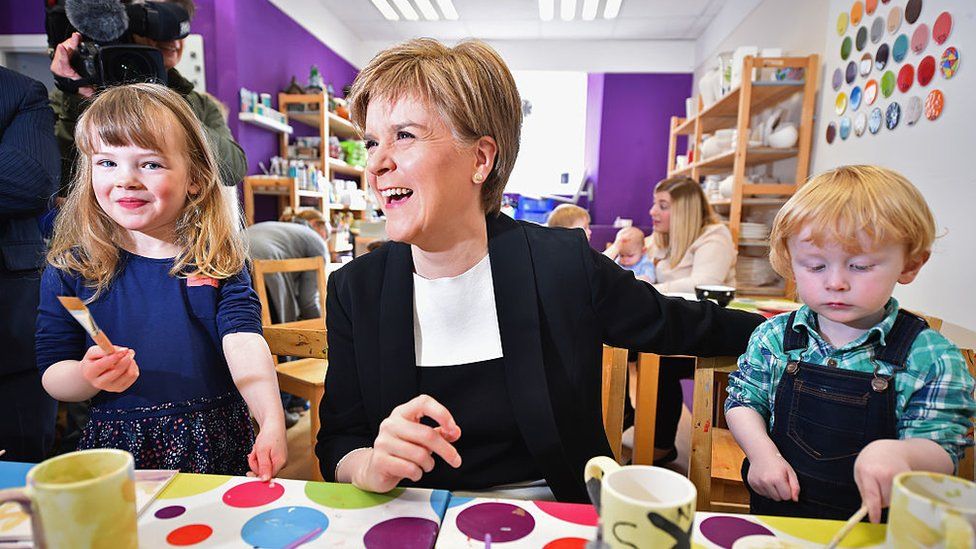
Both the baby box and the childcare allowance are often brought up in relation to a key goal of Ms Sturgeon’s government – closing the attainment gap in Scotland’s schools.
In 2016, Ms Sturgeon told SNP delegates that this wasn’t just the government’s “number one priority” – it was also her “personal defining mission”.
Fast forward five years however and Audit Scotland says the the gap between pupils from different socioeconomic backgrounds “remains wide”. There are a number of complex reasons for this, not least the pandemic – the auditors also noted that “inequalities have been exacerbated by Covid-19”.
So this remains very much something ministers are wrestling with – Education Secretary Shirley-Anne Somerville this week announced a “redesign” of the approach to funding schools in deprived areas.

Another policy which has hit a key milestone in the days before conference is the Scottish National Investment Bank, born out of a conference motion in 2017.
It quickly became a staple of Ms Sturgeon’s speeches, and shortly before this conference, the bank celebrated its first anniversary.
The government has committed £2bn of initial capital to the bank, and Finance Secretary Kate Forbes told MSPs that it is “already delivering against its missions and actively investing in new technologies for the future”.
The bank provided £120m of capital to eight companies in its first 11 months of operation – but has faced criticism that it is not moving quickly enough to support emerging businesses.
Also in 2017, Ms Sturgeon told delegates the government would be setting up a National Manufacturing Institute.
Today the institute operates out of an “innovation district” in Renfrewshire, with construction of a “flagship” headquarters due to be complete by autumn 2022.
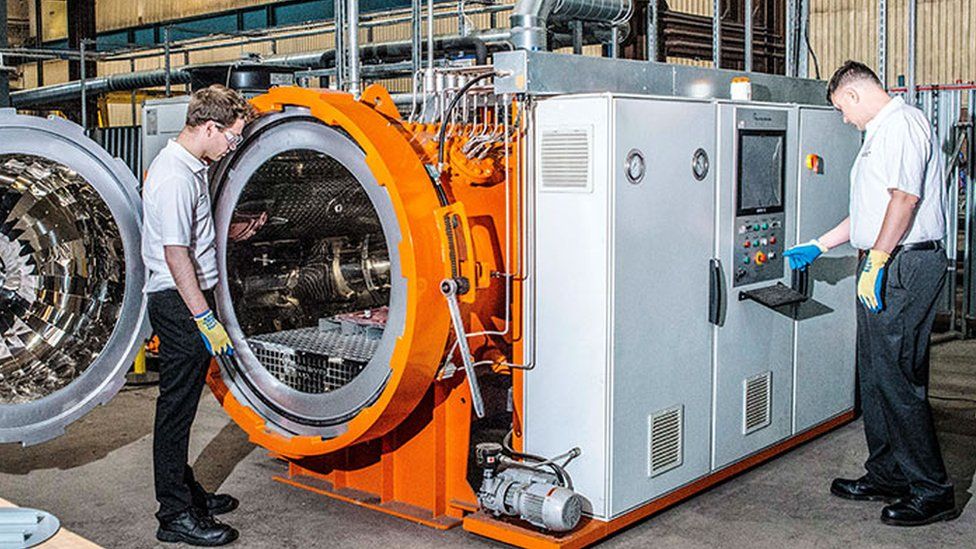
However, plans for big new national institutions have not always panned out.
In that same 2017 conference speech, Ms Sturgeon announced plans to set up a state-run energy company.
The plan was to take energy generated in Scotland or bought wholesale, and sell it on to customers “as close to cost price as possible”, securing the lowest possible price for consumers.
But the idea of a public company fell by the wayside following the Covid-19 pandemic, with the government instead “refocusing” its efforts on a new agency to “coordinate and accelerate” energy efficiency work.
Ms Sturgeon also floated the idea of a National Infrastructure Company in 2018, but a commission set up to advise on plans ended up concluding that one was not needed.

The pandemic has slowed progress on a number of longer-running projects which are frequently namechecked in conference speeches.
An oft-cited target to build 50,000 affordable homes during the last term of parliament was put on hold with the construction industry mothballed during lockdown.
MSPs were told in November 2020 that 34,988 had been built, and the following March the target was redrawn to 100,000 affordable homes by 2032.
The establishment of low emission zones in four Scottish cities – mentioned in several conference speeches in the early part of the last parliamentary term as the “climate emergency” took hold – has slipped from 2020 to 2022.
Ms Sturgeon also told delegates in April 2019 that the government was going to give councils the power to regulate short-term lets.
Legislation allowing councils to set up “control areas” and manage numbers came into force in April this year, but this came after a bill aiming to set up a wider licensing scheme was withdrawn in February.
Those proposals have now been re-worked, and earlier this week the government announced a fresh bill had been tabled – with the aim of having all short-term lets licensed by 2024.
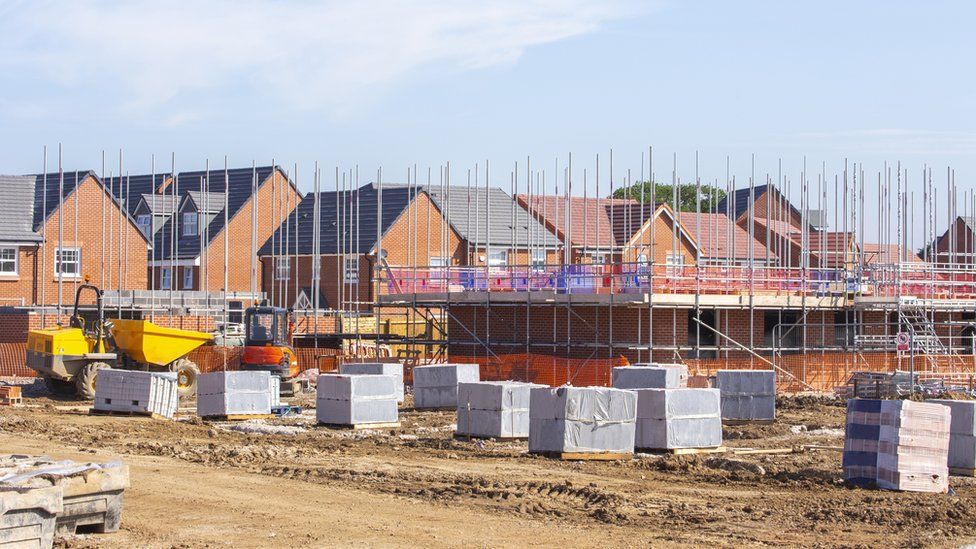
What about indyref2?
The most regular feature of Nicola Sturgeon’s conference speeches is the thing every SNP delegate wants to hear about: a second independence referendum, and the progress towards it.
Following the Brexit vote in 2016, Ms Sturgeon told delegates that she would “make sure Scotland gets the chance” to “choose a better future”. The following year she said the vote was coming “after the terms of Brexit are clear, but while there is still an opportunity to change course”.
However, the brakes were applied after the SNP lost ground in that year’s general election, and in 2018’s conference speeches the first minister was “waiting for the fog of Brexit to clear”, with calls for “patience” and “pragmatism”.
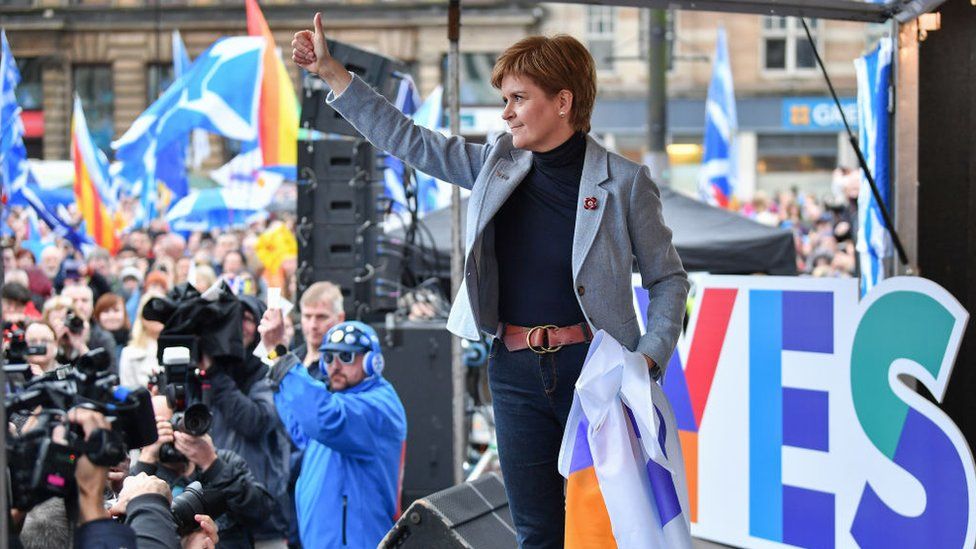
In 2019 delegates were told that “the referendum must happen next year”, and Ms Sturgeon said that “legislative preparations” would be complete by new year 2020 – claiming that “we can already see the cracks appearing” in the “Westminster refusal”.
But then of course came Covid, and in March 2021 Ms Sturgeon said the referendum could only come “when this current crisis has passed”.
The SNP leader wants to hold a vote by the end of 2023, but even with Boris Johnson continuing to ignore her there is no talk of forcing the UK government’s hand – in her September speech she said she hoped that an agreement could be reached in a “spirit of cooperation”.
Ms Sturgeon is widely expected to announce that more legislation will be tabled – legislation which is sure to pass given Holyrood’s pro-independence majority, but which is likely to be challenged in court. This row remains a long way from being resolved.
